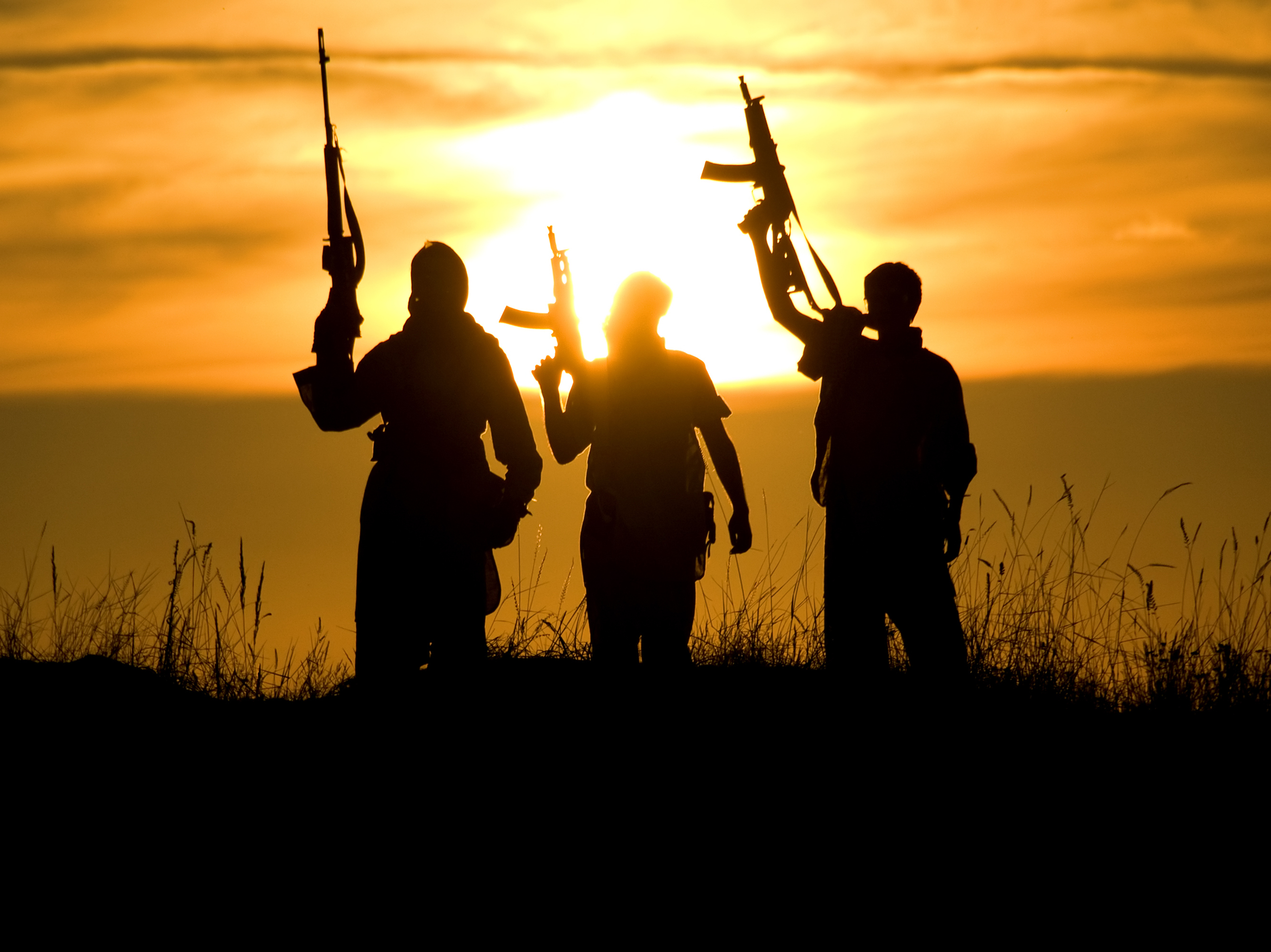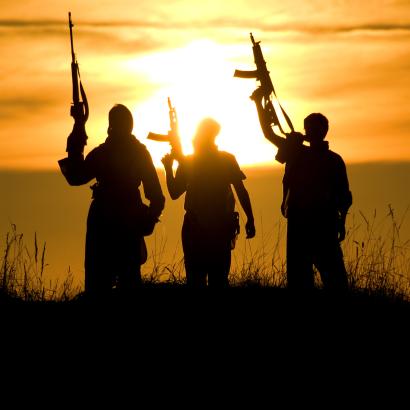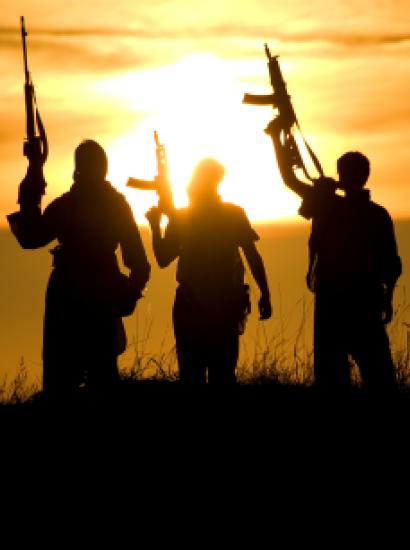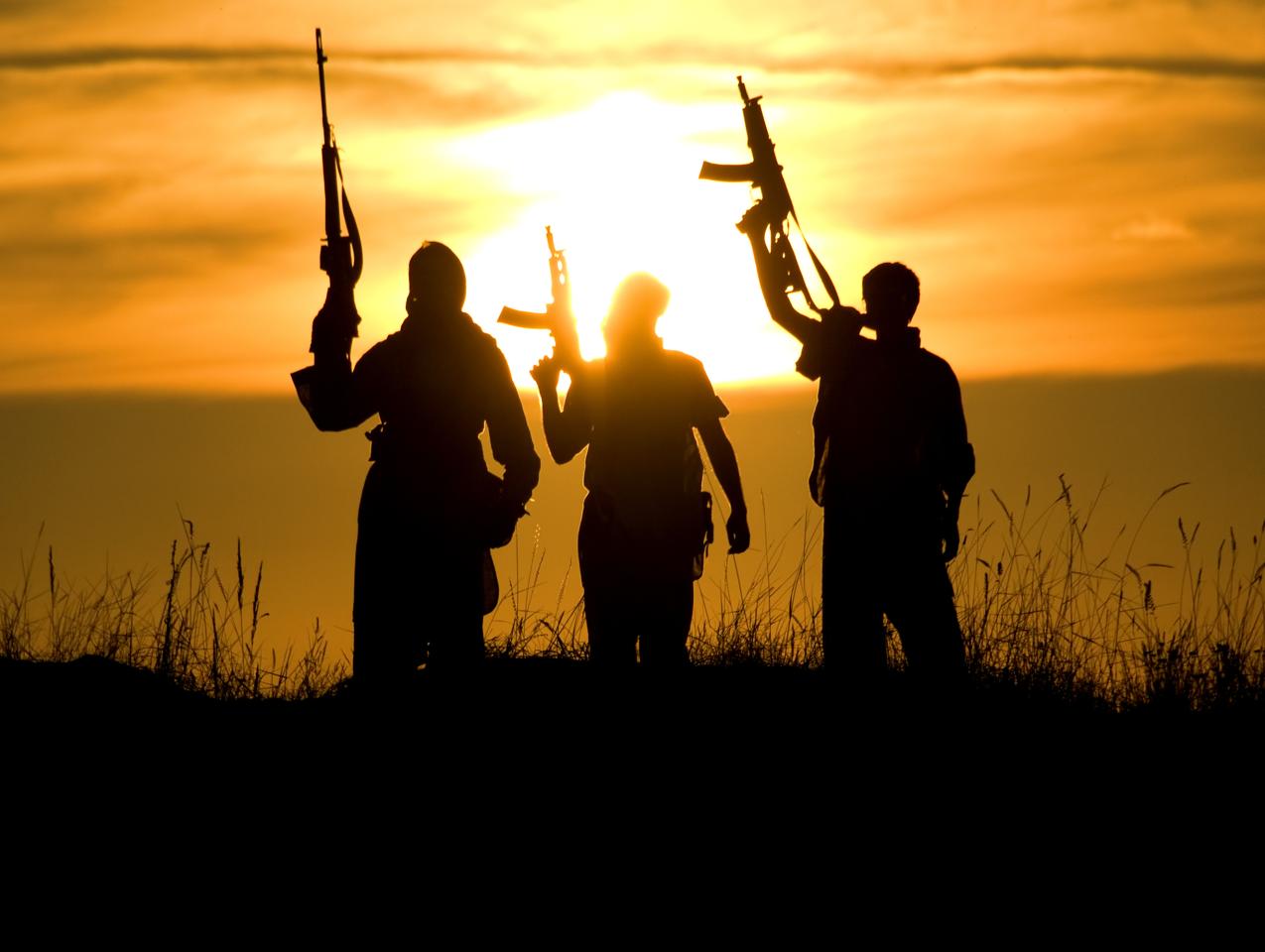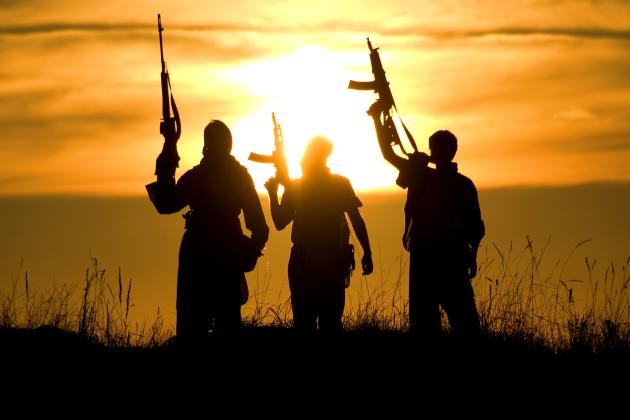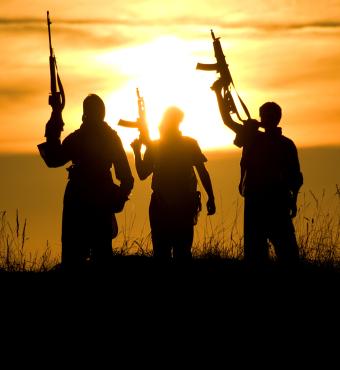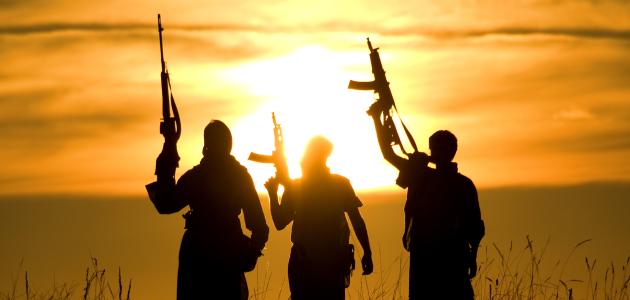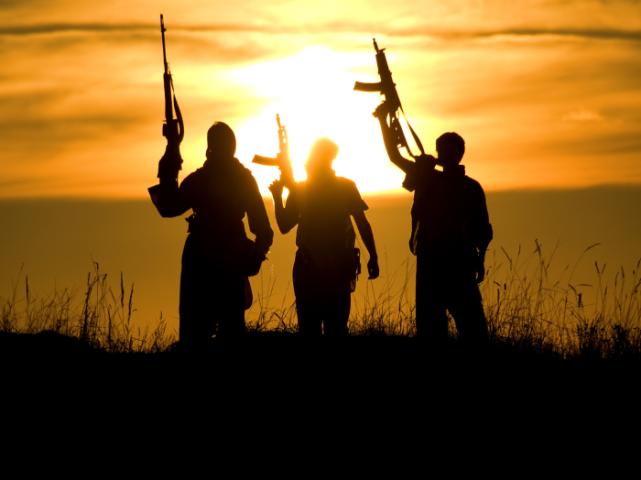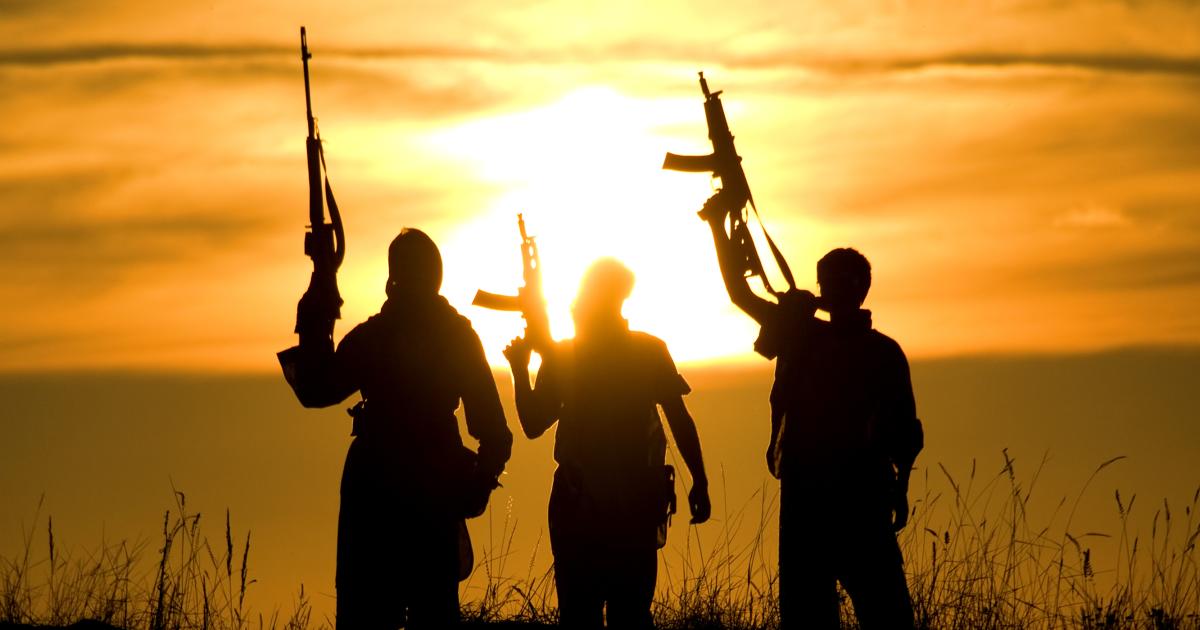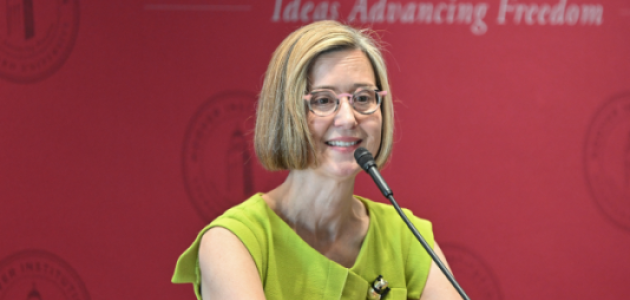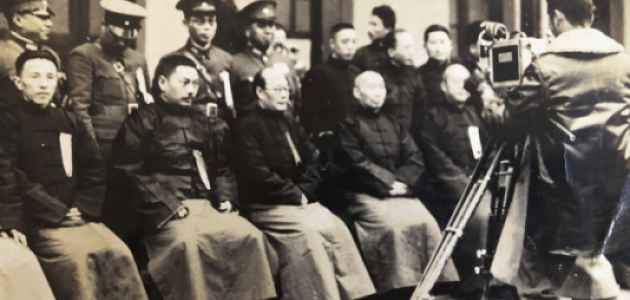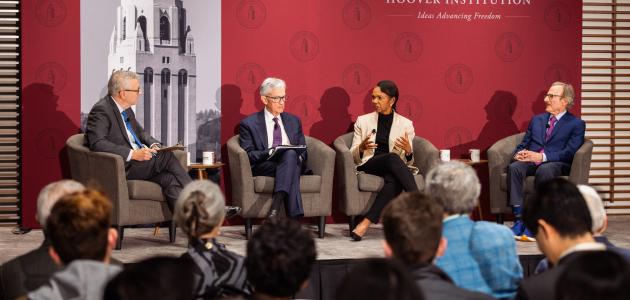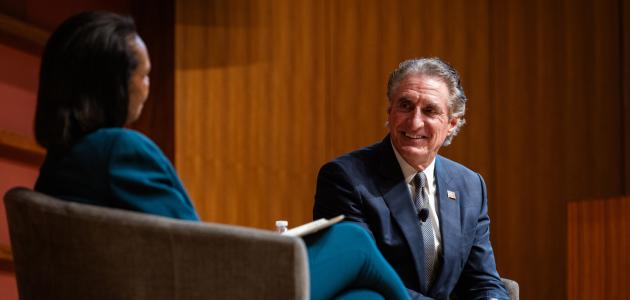Hoover Institution (Stanford, CA)—Sunni jihadism, a movement that erupted into international consciousness on September 11, 2001, is at a crossroads. Analysts and counterterrorism experts gathered at the Hoover Institution on April 28 were divided: is it fading away or simply going mainstream?
While its factions now struggle to dominate international news headlines, and scarcely threaten mass attacks on western states, its adherents—or those once tied to the movement—now wholly rule two sovereign states, Afghanistan and Syria, and various other disparate groups control wide swaths of a variety of other locales, from desert scraps in the Sinai Peninsula to the Sahel and the southern areas of Somalia.
In a daylong conference at Hoover, fellows Cole Bunzel and Russell A. Berman brought together a host of experts on the various jihadist groups, exploring the political and religious inspiration for modern Sunni jihadism and how it will evolve in the future.
“At a time when great power competition has taken center stage in the policy arena, the threat of Sunni jihadism may appear diminished,” Bunzel said. “But the movement has been underestimated before only to bounce back with a vengeance, mutating and sending out new shoots in hydra-like fashion.”
The conference was presented by Hoover’s Middle East and Islamic World Working Group.
Roots of Sunni Jihadism
The modern era of jihadism can be traced back to 1970s Egypt with the emergence of radical Islamist factions that collaborated in the 1981 assassination of President Anwar El-Sadat in an attempt to seize control of the state. Al-Qaeda later inherited the mantle of Sunni jihadism with its attacks on the United States, only to be superseded a decade later by the Islamic State, with its even more radical ideological orientation. Today these two groups, and their global networks, compete for influence from Africa to central and South Asia, though questions linger about their ability to launch attacks of the magnitude of 9/11. Some jihadis have shown a willingness to compromise certain Sharia principles to allow for political engagement within controlled territories. This adaptability has allowed them to establish a foothold and shape the political landscape of these regions.
Now that forces aligned with Hay'at Tahrir al-Sham (HTS) and under the leadership of former professed Al-Qaeda member Ahmed al-Sharaa rule Syria, a fundamental question asked is whether the group can still be considered jihadi. In a new draft constitution, the al-Sharaa-led government says Sharia law is “the main source” of legislation, but not the only source. This wording speaks to the tension forming within the new Syrian government, where some advocate appealing to liberal ideals to end global sanctions and bolstering ties to their neighbors and the global community, while others wish to preserve or even harden their jihadi roots.
In regions like Syria’s Idlib, the symbolic white flag with the Shahada (Islamic profession of faith) remains, while economic factors like taxation and extortion sustain the group financially. But this could all fade away in the face of greater external engagement.
Shifts in Iraq and Syria
One speaker, an expert on Islamic State movements who once served as a US Army counterintelligence officer, noted that jihadism in Iraq is significantly weakened. "The number of attacks is in the single digits each month for the past year," he said. Once a hotbed of extremist activity, Iraq is witnessing fewer violent events, a stark contrast to 2007 when multiple attacks per day were the norm.
While the Islamic State’s influence persists in Syria, some see the regime in Damascus as pointing toward a potential "third way" for jihadism, neither ISIS nor Al-Qaeda. Initially formed as Jabhat al-Nusra under Abu Bakr al-Baghdadi’s directive, present-day HTS is led by current President of Syria al-Sharaa. His government appears to be striving to secure international legitimacy and frequently engages in activities to counter remaining Islamic State militants in the country.
Jihadism? Or Governance?
Elsewhere in the world, Islamist movements are encountering the tension between fighting their enemies and securing territory and providing services and governance to the people they happen to find living in those territories.
In Somalia, al-Shabaab controls much of the rural areas in the south of the country, and has been seen providing medical services, flood-proofing public works, and cash assistance to the people living under its control in recent years. It has shown less ability to stage foreign attacks in recent years, but its capabilities may grow, as the UN and African Union missions set up to combat it within Somalia remain seriously underfunded.
In Mali and the Greater Sahel, Islamic State and Al-Qaeda-aligned groups now blockade small towns and military bases in the rural areas of Mali, Burkina Faso, and Niger. They collect taxes or extort businesses in their areas of control, but no longer seek to kidnap for ransom, attendees heard.
In Yemen, where US warplanes are engaged in a prolonged campaign to destroy the anti-shipping capabilities of the Shia-led Houthi movement, their supposed sworn enemies—Al-Qaeda in the Arabian Peninsula—operate unencumbered just a stone’s throw away from much of the bombing.
Curiously, though Al-Qaeda and the Houthis are officially sworn enemies, no evidence of the two sides fighting each other has appeared in about three years. Both the Houthis, who advance an Islamic fundamentalist vision but are not Sunni jihadists, and Al-Qaeda, who represent an extreme version of Sunni Islam, engage in various forms of service provision and youth outreach.
Afghanistan in Flux
As the site of America’s most consequential fight against global jihadism, Afghanistan has been fully controlled by the Taliban from August 2021 onward. Intelligence projections from that time suggested a risk that Al-Qaeda operatives in Afghanistan could be in a position to launch attacks against the West within 24 to 36 months. Attendees heard that little evidence of such attack preparation has occurred since. Despite fighting NATO troops for 20 years, there are scant signs the Taliban are willing to give up or even distance themselves from Al-Qaeda. One possible explanation for this bond is that Taliban leaders wish to maintain Al-Qaeda as a weapon they can “unleash” against the West in the event global pressure against them mounts.
Similarly, Islamic State Khorasan Province (ISKP) in Afghanistan has faced pressure— arrests and counter terror operations from the US and former US-supported Afghan government, and now the Taliban—leading to the loss of territorial control and the death or capture of numerous leaders. They aim to dominate the militant landscape, but are constrained by targeted attacks on their leadership. Attendees heard that more than 10,000 ISKP members have been killed or detained by various opponents since 2015.
While the global scale of Sunni jihadism has become more regionally focused and fragmented, jihadi groups still pose significant control in certain areas and have the potential for political influence. The movement has become more mainstream in some ways, maintaining governance—albeit very oppressive—in places like Afghanistan, while struggling with internal ideological divisions and external military pressures. Meanwhile, jihadism remains capable of extreme violence, as has been seen earlier this year in the attacks on Alawite and Druze communities in Syria.







